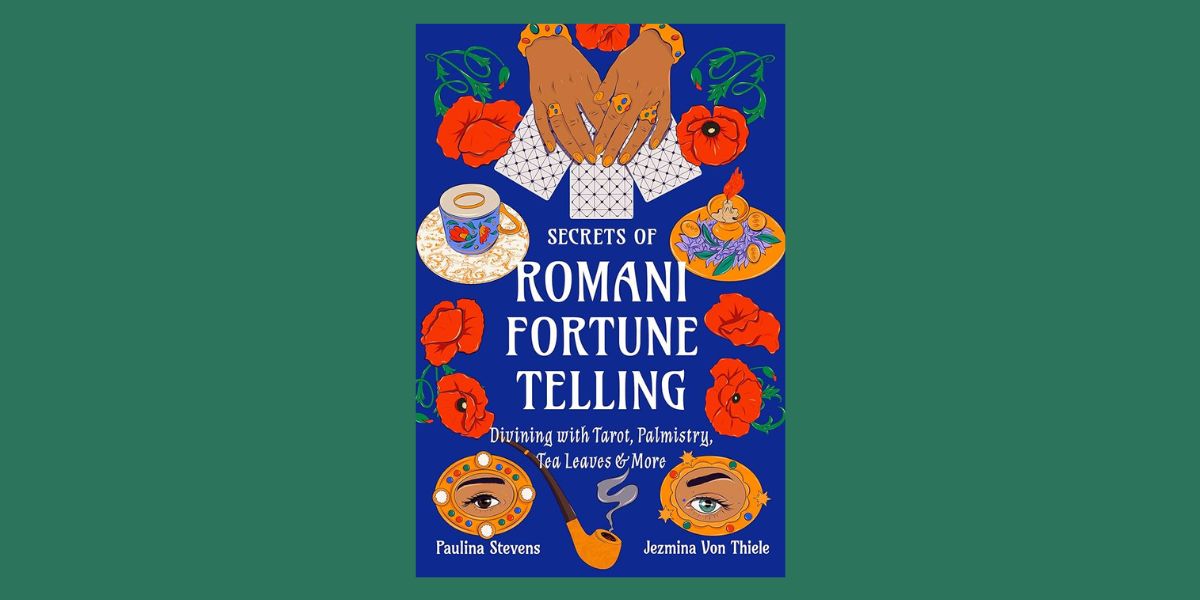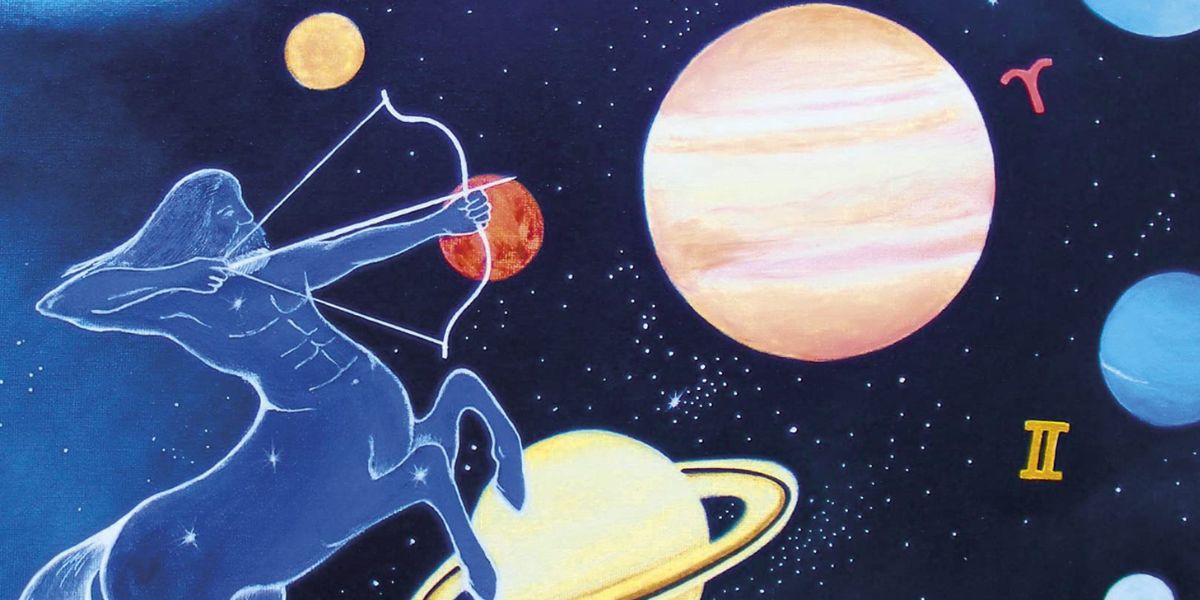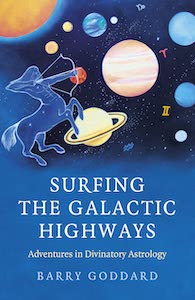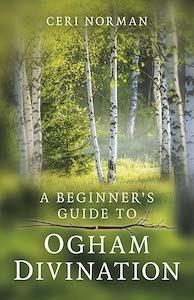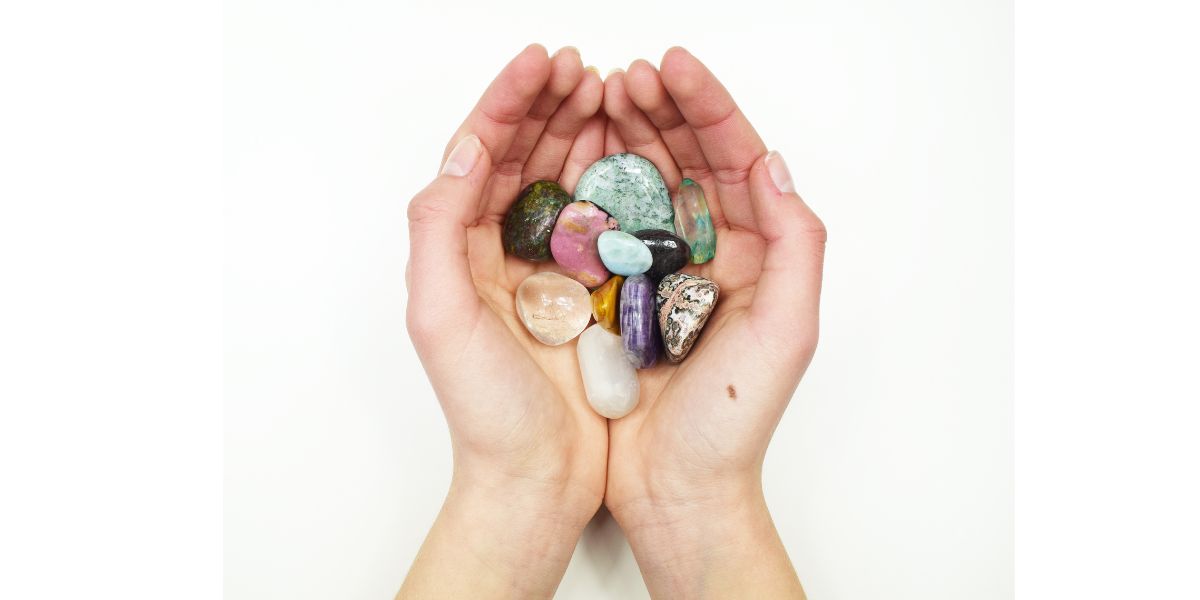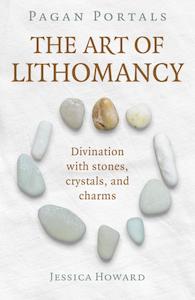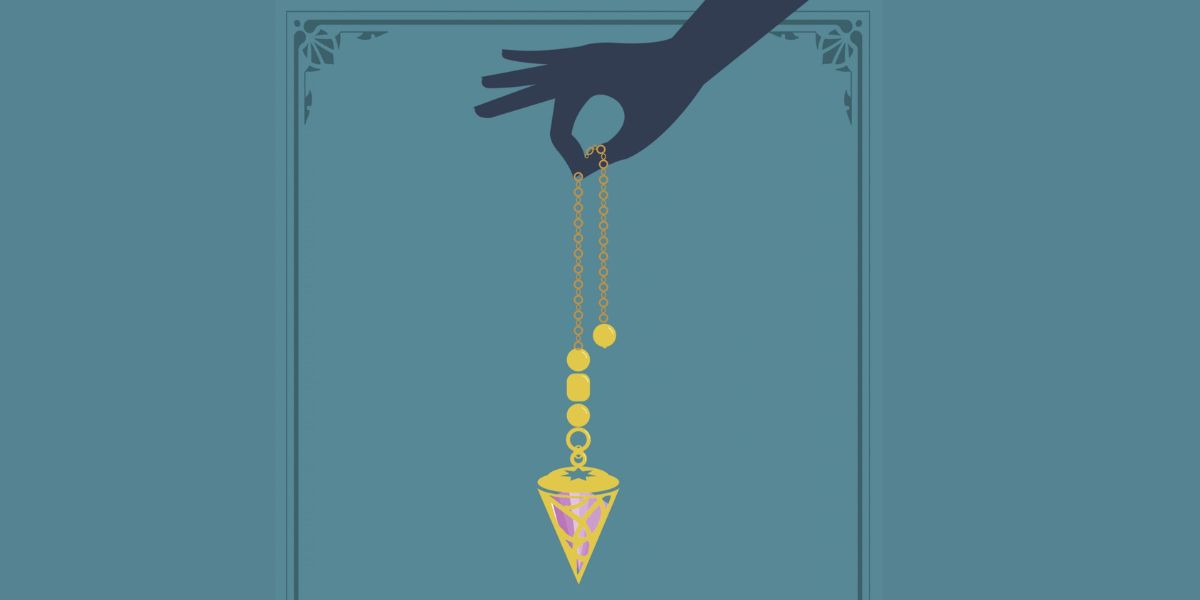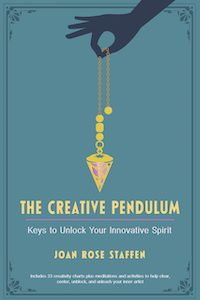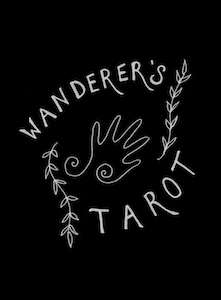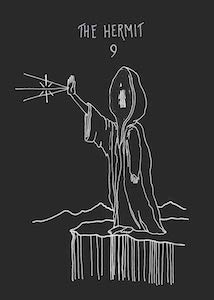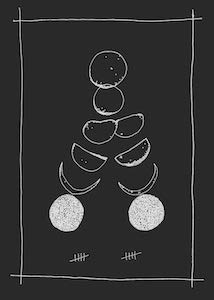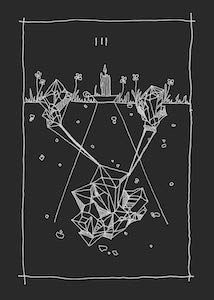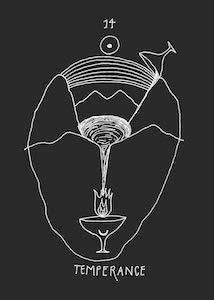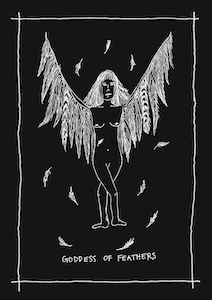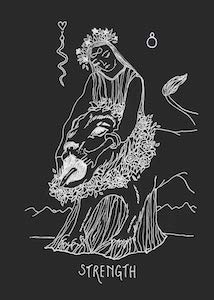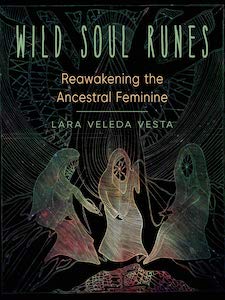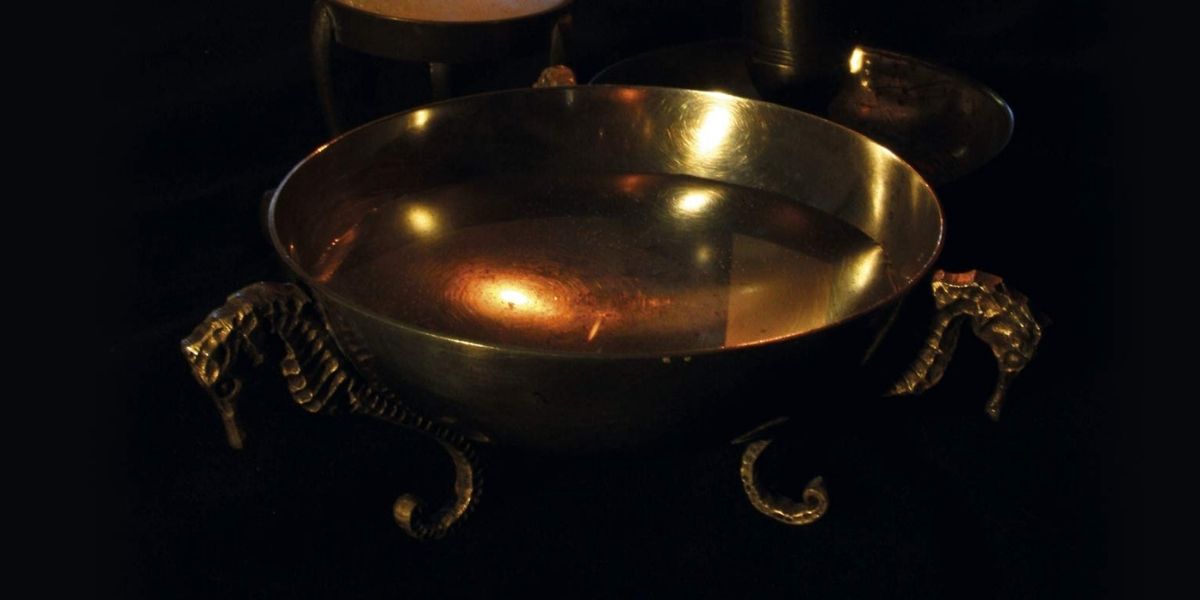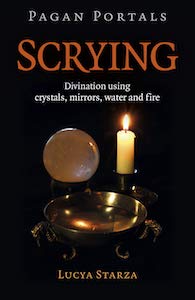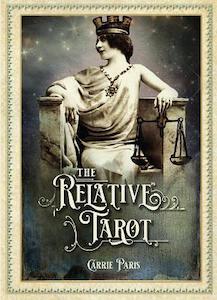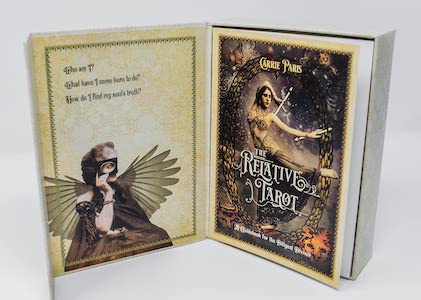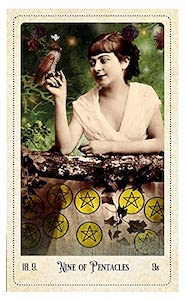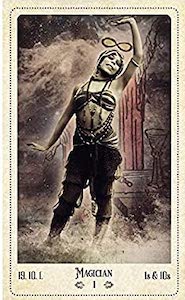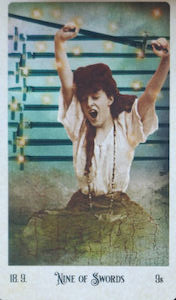
Secrets of Romani Fortune-Telling: Divining with Tarot, Palmistry, Tea Leaves, and More, by Jezmina Von Thiele and Paulina Stevens
Weiser Books, 1578638585, 224 pages, October 2024
Secrets of Romani Fortune-Telling: Divining with Tarot, Palmistry, Tea Leaves, and More by Jezmina Von Thiele and Paulina Stevens is a compelling exploration into the rich and often secret world of Romani divination practices. The book serves as both an educational resource and a captivating narrative, shedding light on the traditions and cultural significance of fortune-telling within the Romani community. While not all secrets can be revealed, the authors open the world of Romani divination to us gadje (non-Romanian folks) to facilitate more cultural appreciation and less cultural appropriation.
“To understand the true art of Romani fortune-telling, and the secrets of intuition, we will share some spiritual techniques and business acumen, but more than that, we will share our beliefs, culture, history, trauma, resilience, and our stories. All of these make up the much misunderstood, maligned, and misrepresented practice of Romani divination.”1
Both Von Thiele and Stevens are of Romani descent. Von Thiele is a creative spark, working as a fortune teller, writer, editor, teacher, and performer in New Hampshire. While Stevens lives in California running her business Romani Holistic Healing where she offers clients fortune-telling, meditation, herbal health remedies, and life coaching. The authors combine their expertise in their joint podcast Romanistan, which inspired and led to Secrets of Romani Fortune-Telling.
What I love about the authors is how in both their podcast and this book they challenge aspects of their culture that need to evolve. They consider themselves intersectional feminists, gender librators, and anti-colonist, choosing to walk their own path, support LGBTQIA+ communities, and speak out against cultural issues such as domestic violence and arranged teen marriage. Their collaboration ensures that the book is not only informative but also sensitive to the cultural intricacies and historical context of Romani fortune-telling; it does not sugarcoating what needs to be addressed while simultaneously promoting a more inclusive future.
The book is structured to guide readers through various aspects of Romani divination. It covers a range of techniques, from palmistry and tarot reading to more obscure methods like coffee grounds and crystal gazing. Each chapter delves into the history, symbolism, and practical application of these techniques, making the book suitable for both beginners and those with a more advanced interest in the subject.
A real highlight are the personal stories Von Thiele and Stevens share from firsthand experience. The authors share anecdotes and insights from their own lives, providing a personal touch that makes the material more relatable and engaging. This narrative approach helps demystify the practice of fortune-telling and highlights its significance as a living tradition within Romani culture.
It’s also interesting to compare and contrast the experiences of Von Thiele and Stevens as their stories are often side-by-side, offering a multi-faceted perspective. I particularly enjoyed the information shared in the chapter “Dream Divination”. Each author shares their family’s approach to dreams, as well as prophetic dreams they’ve had, bedtime tea recipes, and dreams for interpretation. It feels like you are getting a two-for-one bonus with the dual insights shared by the authors.
I found it interesting to read about all the energy clearing and protective measures within Romani culture. Similar to my Italian heritage, the Romani culture veers towards superstitions and proactively acts to counter bad energy. There’s a whole section on the evil eye and what measures one can take to avoid it or remove it. The authors explain how within is an emphasis on cleansing and protecting your space and yourself, offering ways one can do this to maintain good energy.
“Fortune-telling deals with people’s lives, secrets, hopes, dreams, beliefs, loves, mistakes, struggles, and ambitions. The potential for messiness is great if you don’t have a solid moral compass yourself.”2
Another aspect of the book I really enjoyed is the guidance for working with clients and running one’s own fortune-telling business. The authors are seasoned professionals, trained from childhood to be fortune tellers, and after decades of this work, it’s clear they know what they’re doing. Entire chapters are dedicated to fortune-telling ethics, how to be convincing as a reader, ways to deal with skeptics, and how to be a professional fortune-teller. For those interested in running any client based business where they’re offering readings, these chapters are very helpful.
Overall, Secrets of Romani Fortune-Telling is a valuable addition to the literature on divination and Romani culture. It offers readers a unique perspective, combining historical context, practical guidance, and personal narrative. Whether you are interested in learning about fortune-telling techniques or gaining a deeper understanding of Romani traditions, this book is a worthwhile read.
Alanna Kali is an astrologer, numerologist, and pioneer spirit that loves to explore life through the lens of depth psychology. She has a passion for studying the humanities and social trends. Her academic work is centered upon reuniting body, mind, and spirit through eco-psychology. She loves reading, spending time in nature, and travel.
